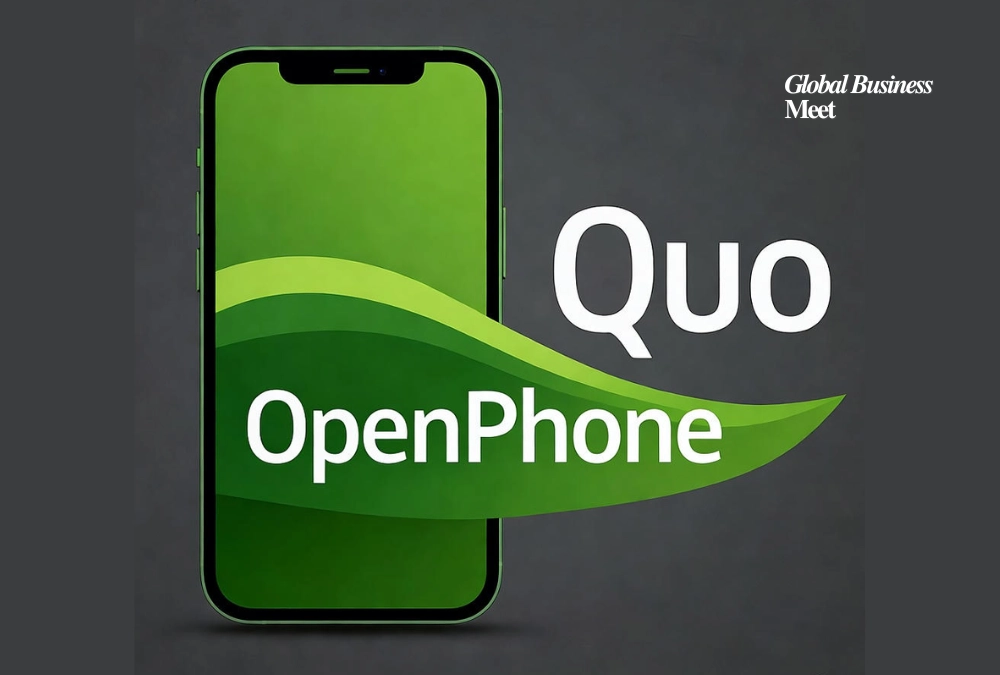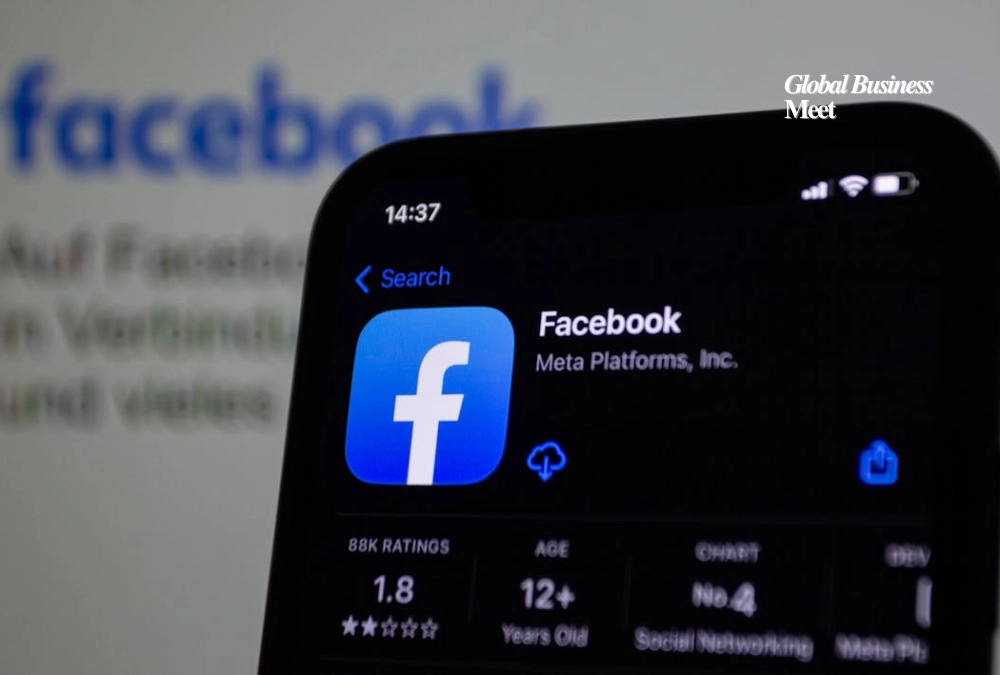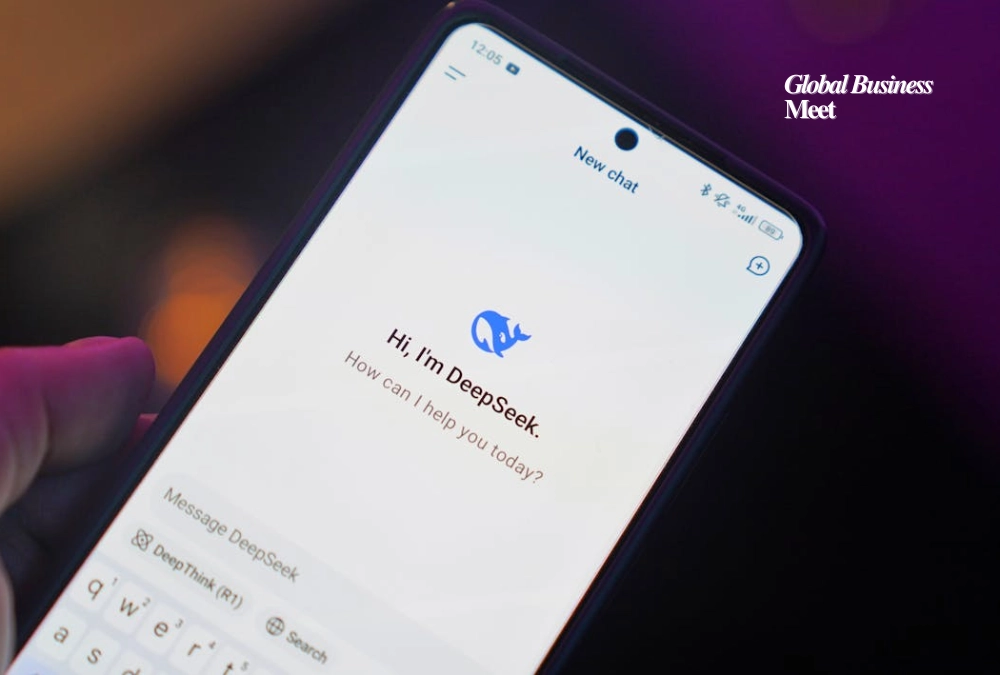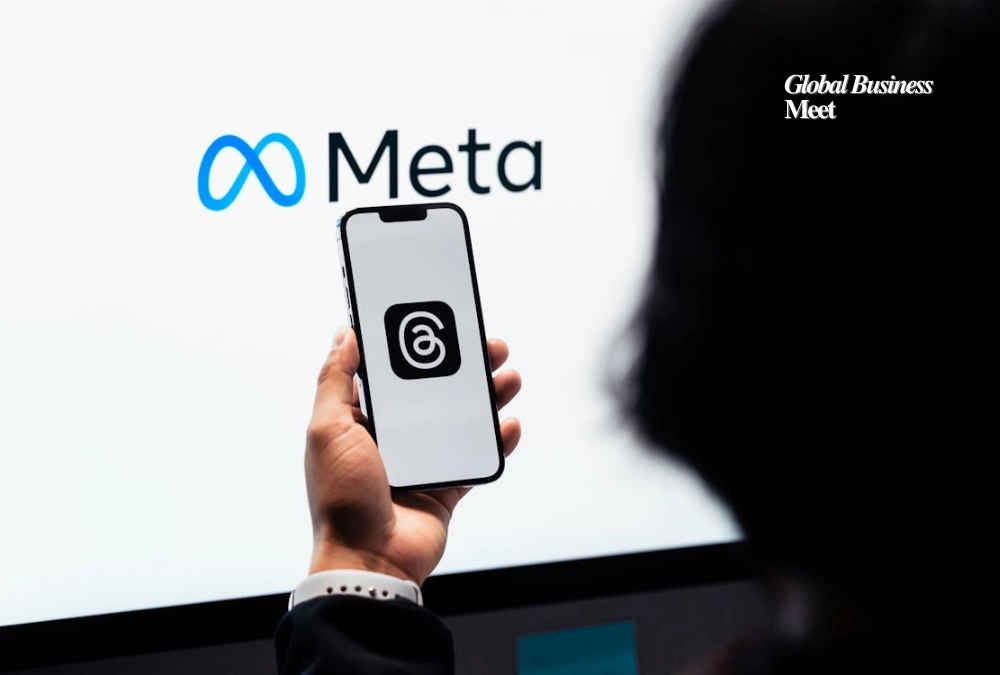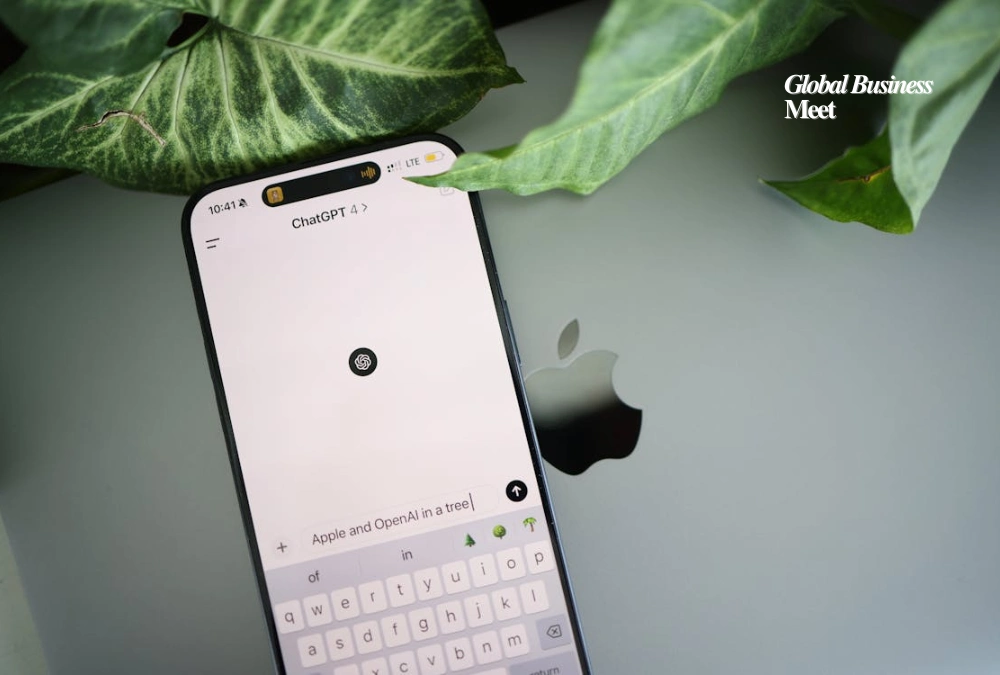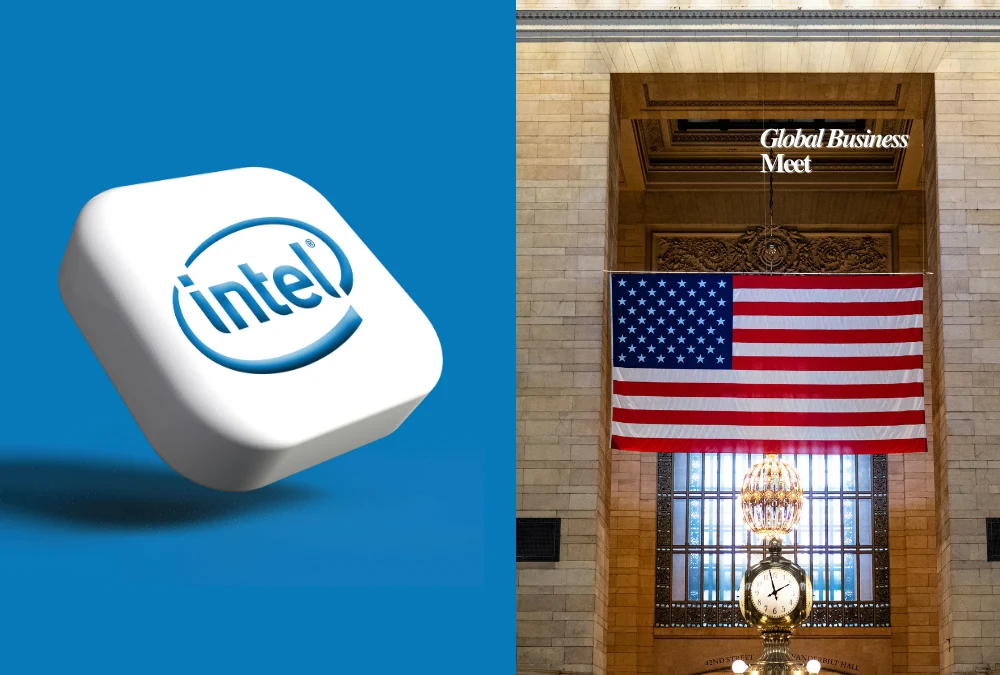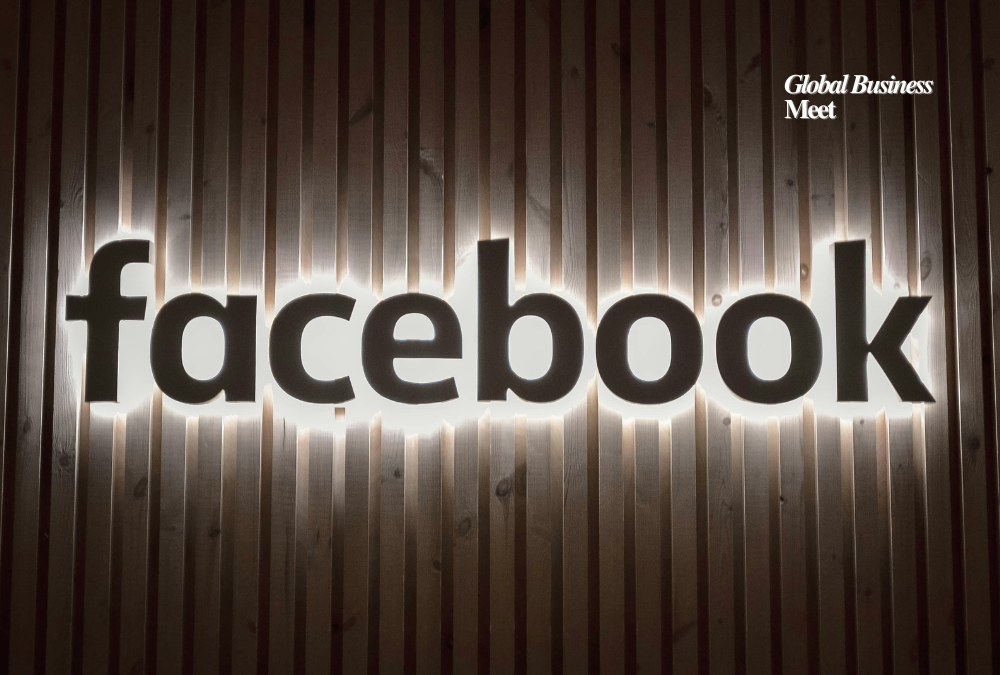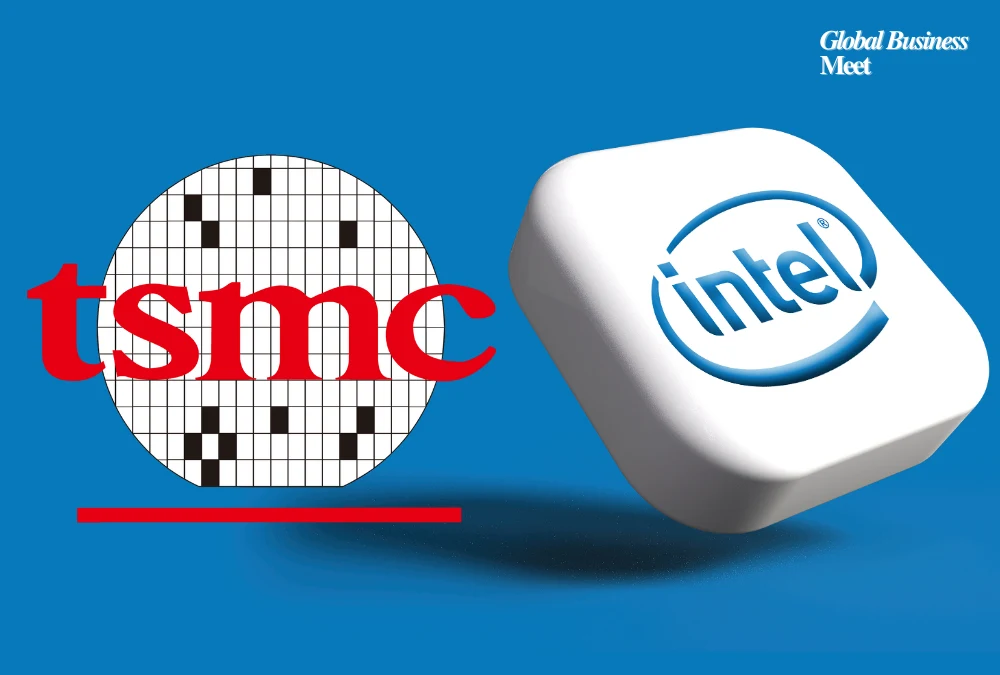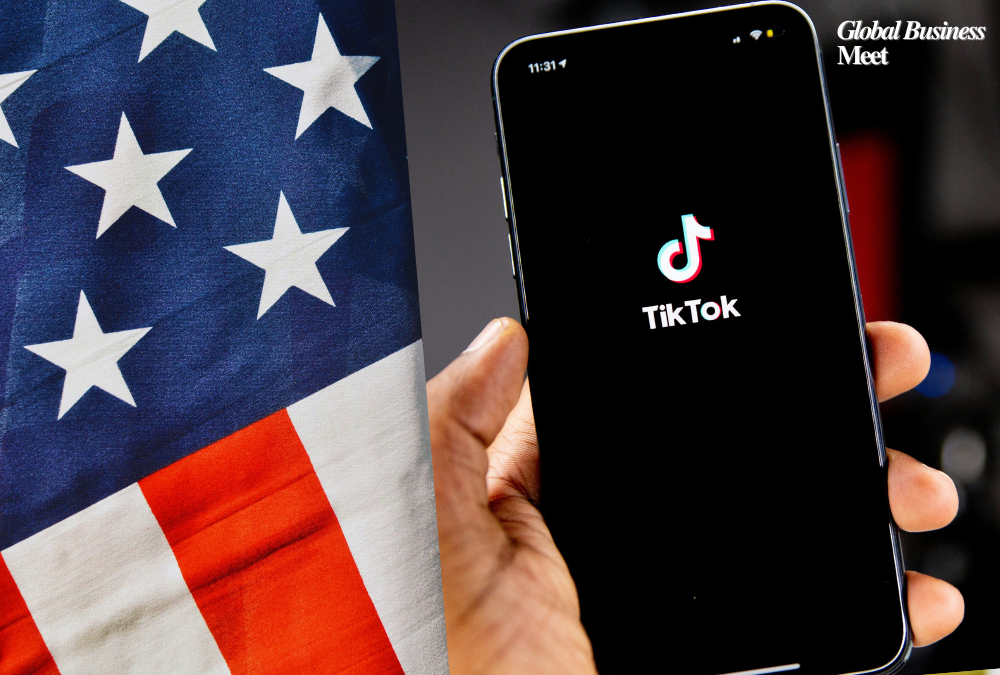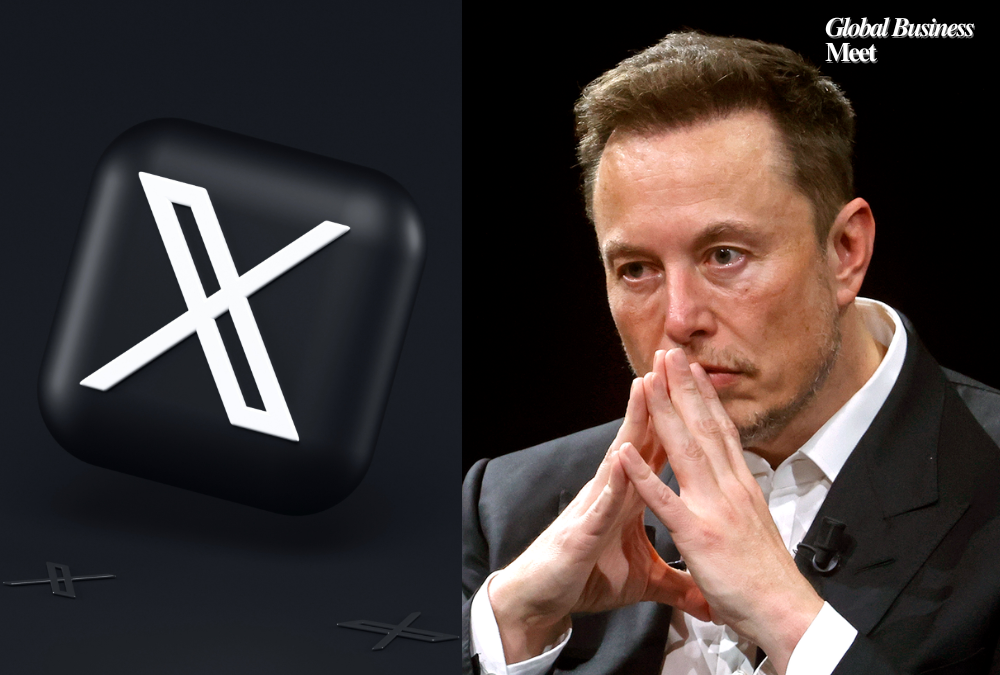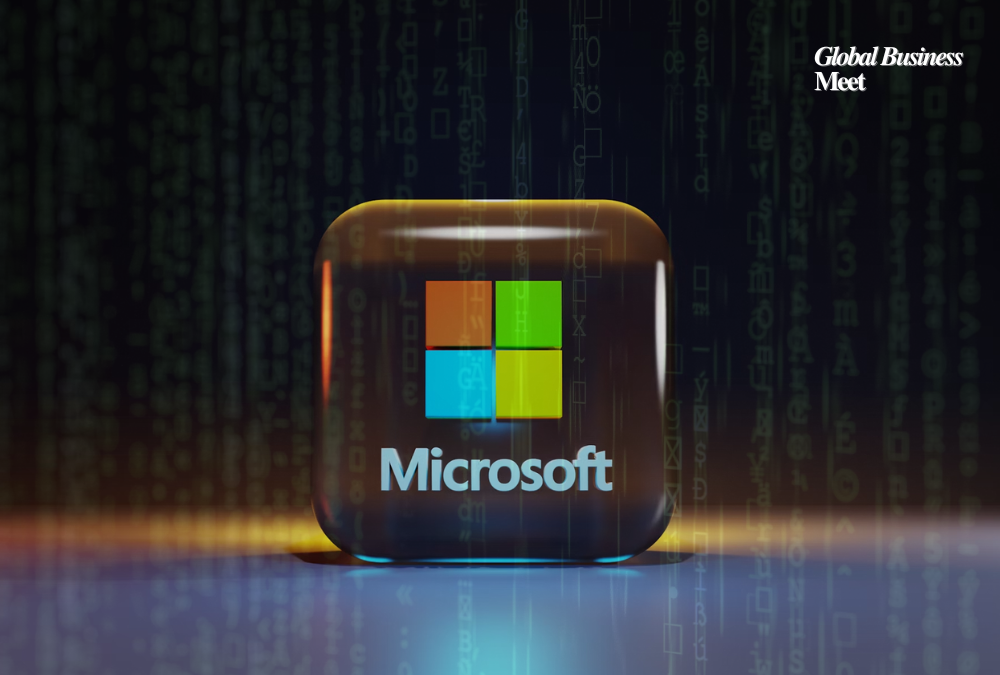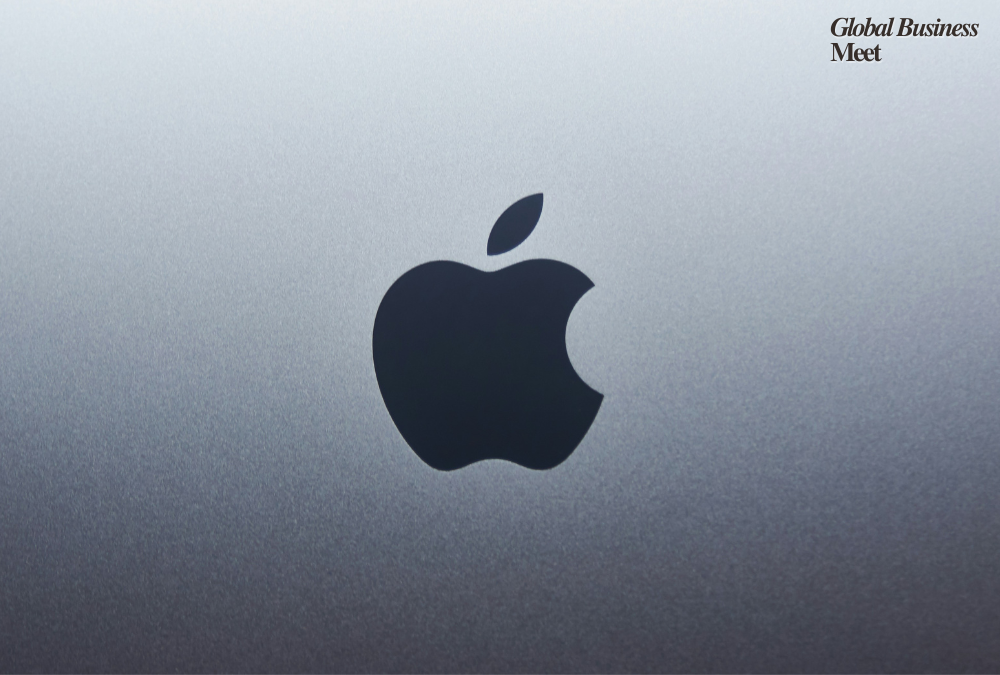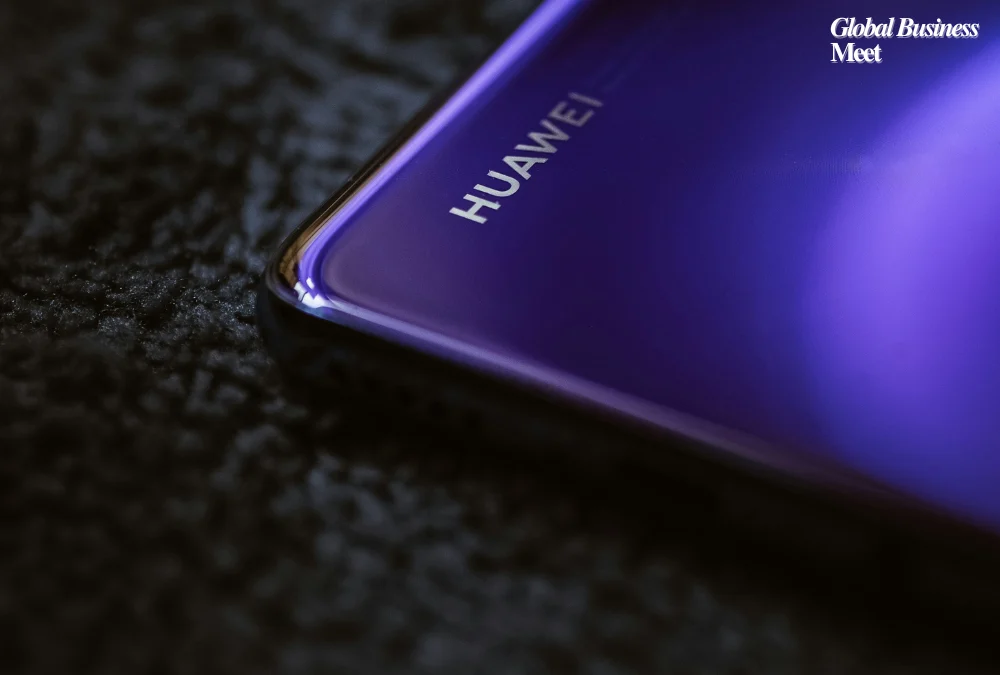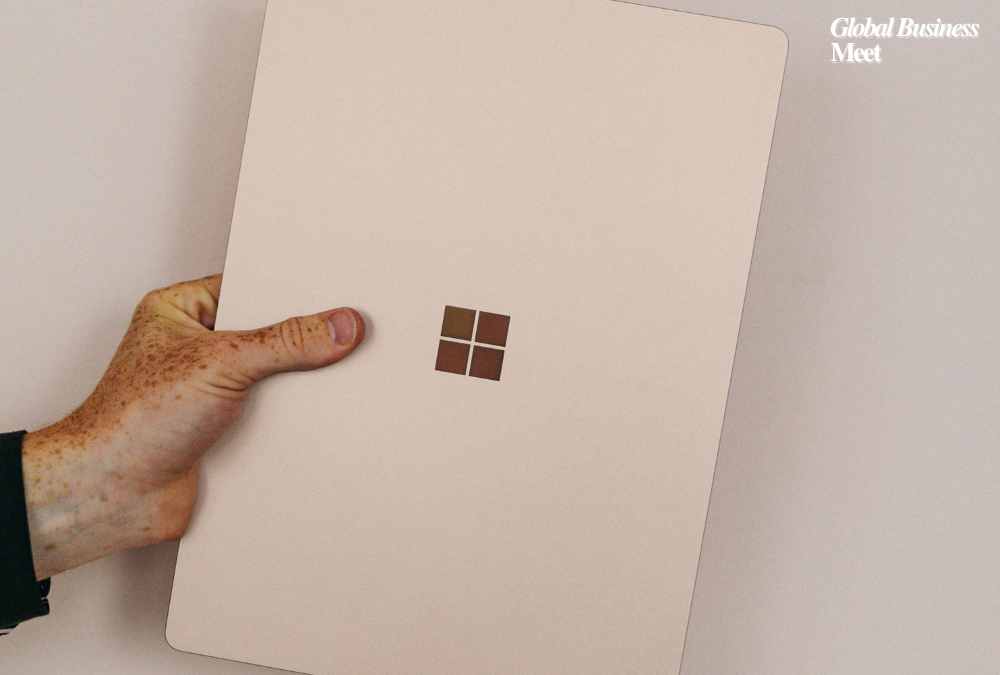
Maintaining its hold in the US has been extremely difficult for TikTok in recent months. The US government has attempted to legislate the app’s ban until its Chinese parent firm, ByteDance, divests its US operations due to fears of possible user data harvesting and influence operations by the People’s Republic of China. Congress passed and the Supreme Court affirmed the Protecting Americans from Foreign Adversary Controlled Applications Act (PAFACA), which mandated ByteDance to divest TikTok to an American owner by January 19, 2025.
President Donald Trump signed an executive order on January 20, 2025, allowing for a 75-day period of non-enforcement of the PAFACA due to the upcoming ban. TikTok was still operating in the United States during that time since the ban was essentially suspended by this order. To resolve national security concerns and make the app continue to be accessible to American consumers, Trump was optimistic about a deal for the United States to own a 50% stake in a joint venture with TikTok.
Even with the temporary relief, the majority of users are looking for alternative ways to access TikTok as there is uncertainty about the future of the app. The use of Virtual Private Systems (VPNs) has been the popular solution. Users have attempted to bypass geographical restrictions by accessing servers in countries where TikTok is still accessible. But this has appeared to be cumbersome and ineffective at times. A few customers have complained regarding the hassle of maintaining normal access, and employing VPNs to bans that will raise problems. Sideloading is another technique that’s becoming prevalent, particularly among Android clients.
Avoiding the normal app stores, this method involves downloading the program from TikTok’s official website. This has its own problems, but it empowers clients with the ability to install or upgrade the computer program. For instance, since sideloading is prohibited in the United States by Apple, iOS users can practically access TikTok only through web browsers. There has been a perceivable surge in demand for VPN services. VPN usage in the US has been on the rise overall at some point in the previous year before TikTok was shut down, with a general rise of nearly 30% from 2024. The previous day before TikTok was shut down, January 18, 2025, the consumers’ willingness to keep using the app led to an abrupt spike in demand for VPNs. Numerous clients switched to other platforms because of the circumstances.
In defiance of the ban, a large number of TikTok users in the United States started downloading and using the Chinese application Xiaohongshu (RedNote), similar to Instagram and TikTok, in January 2025. On RedNote, the term “#tiktokrefugee” gained popularity among Chinese and American users. By January 16, the application had gained millions of clients within the United States and was the top downloaded complimentary program on the Apple App Store. End of the TikTok in the US continues to swim in the waters of controversy regardless of these measures. The re-listing of the app on the Google Play Store and Apple App Store was made subject to a 75-day halt on the enforcement of the ban, which was brought to fruition on April 5, 2025. Customers are now once again able to access the program through legitimate channels much beholden to this short-term reprieve.
Nevertheless, the looming deadline still casts doubts over TikTok’s long-term viability in the US market. In summary, despite the fact that clients have employed a variety of strategies to continue using TikTok in defiance of the boycott, such strategies are often temporary and difficult to implement. The continued uncertainty underscores both the high demand for the platform among American clients and the challenges in implementing



